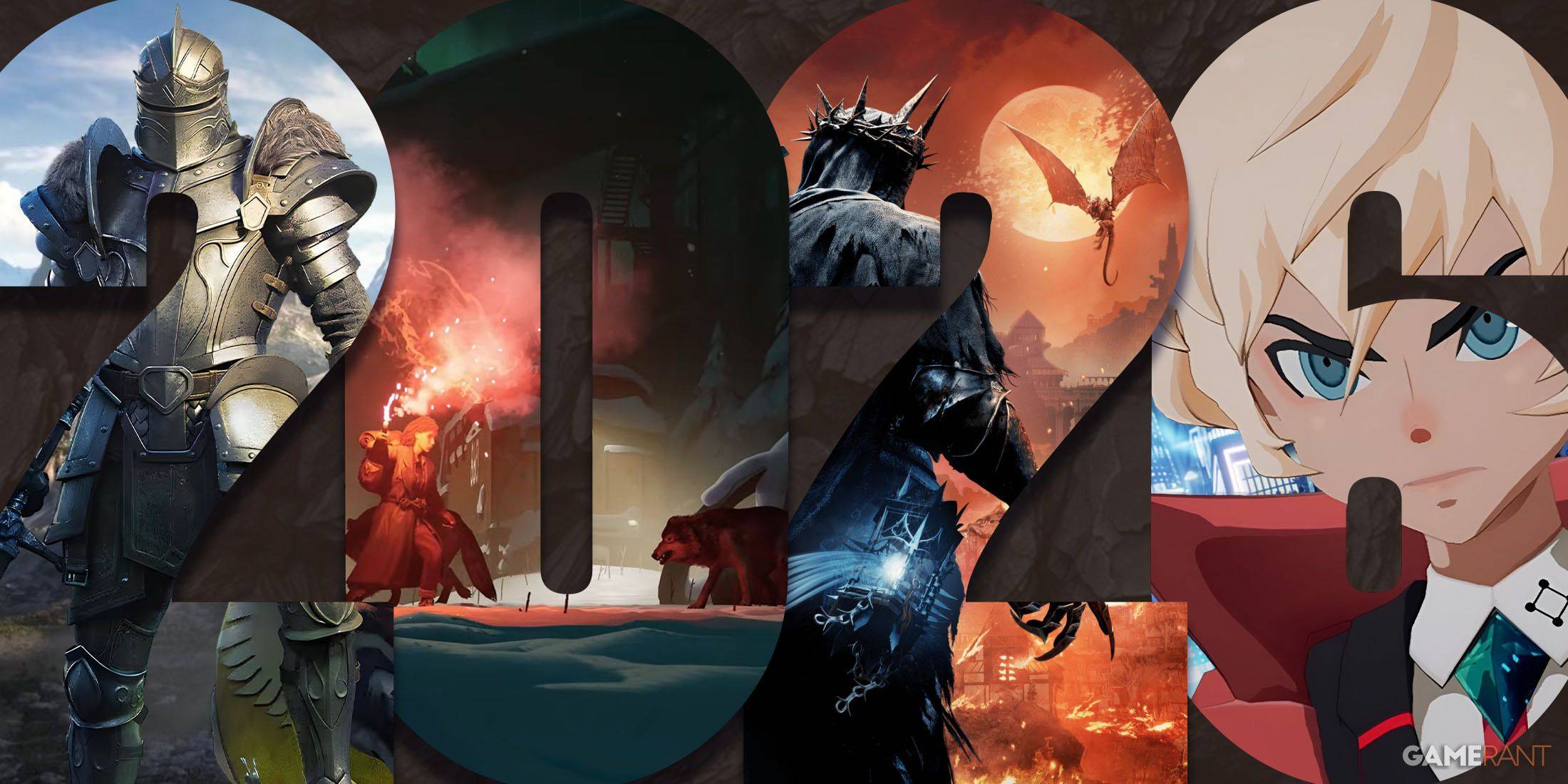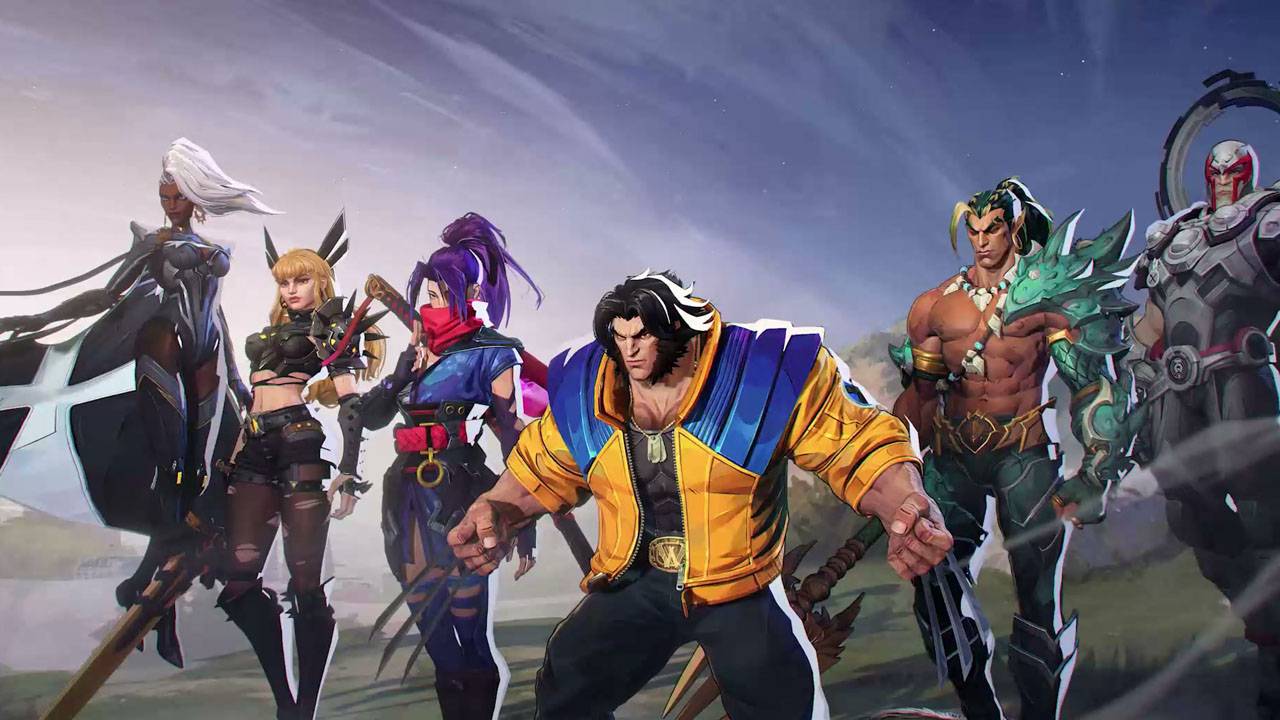"New Oblivion: Remake Look, Remaster Feel"
When Bethesda unveiled Oblivion Remastered earlier this week, my initial reaction was one of sheer disbelief. The 2006 journey through Tamriel, once marred by its quirky, potato-faced characters and blurry, low-resolution landscapes, has now transformed into the most visually stunning entry in the Elder Scrolls series to date. My expectations for remasters had been tempered by previous experiences, such as the Mass Effect Legendary Edition and Dark Souls Remastered, which barely diverged from their Xbox 360 origins. Yet, seeing the Imperial City I explored nearly two decades ago reborn with Unreal Engine 5 and ray tracing was nothing short of astonishing. Beyond the visual overhaul, the game boasts enhancements in combat, RPG systems, and a host of other details. This led me to question whether Bethesda and Virtuos had misnamed their project. Could this truly be Oblivion Remastered, or was it more fittingly a remake?
It turns out, I wasn't the only one pondering this. Many fans and even Bruce Nesmith, the senior game designer of the original Oblivion, have argued that the term "remaster" might not fully encapsulate the scope of the project. Yet, after immersing myself in the game for several hours, it became clear: Oblivion Remastered may dazzle like a remake, but it fundamentally plays like a remaster.
The reason *Oblivion Remastered* appears as a remake is straightforward: Virtuos has meticulously redesigned every asset from the ground up. From trees to swords to crumbling castles, everything you see on screen is brand new, aligning with modern graphical standards. The game is not only beautifully textured but also enhanced with stunning lighting and a new physics system that makes every arrow and weapon strike feel impactful. While the characters you meet are the same as those from 2006, every NPC model has been recreated. This overhaul aims not to evoke nostalgia but to meet the graphical standards of 2025, making it the best-looking Bethesda Game Studios RPG to date. Had I seen it before the rumors started, I might have mistaken it for *The Elder Scrolls 6*.However, it's not just about visuals. The combat system has been revamped, making swordplay more engaging than ever. The third-person camera now functions smoothly with the addition of a reticule. Every menu, including the quest journal, dialogue, and minigames like lockpicking and persuasion, has received a fresh interface. The original, often criticized leveling system has been replaced with a more intuitive hybrid of Oblivion and Skyrim mechanics. And yes, you can finally sprint. With such extensive visual and gameplay upgrades, it's easy to argue for its classification as a remake.
Yet, the distinction between remasters and remakes remains murky. Industry standards for these terms are non-existent, leading to inconsistent usage. For instance, Rockstar's "Definitive Edition" remasters of the Grand Theft Auto trilogy retain their PlayStation 2-era blockiness despite upscaled textures and modern lighting. In contrast, the Crash Bandicoot N. Sane Trilogy, also labeled a remaster, features entirely new graphical assets and resembles a modern game. Remakes like Bluepoint's Shadow of the Colossus and Demon's Souls are rebuilt from scratch but remain faithful to their originals, while Resident Evil 2 and Final Fantasy 7 Remake significantly alter gameplay and narrative. These examples illustrate the lack of a unified philosophy in categorizing remakes.
Historically, a game rebuilt from scratch in a modern engine was considered a remake, while remasters were seen as limited upgrades within the original technology. However, this definition is increasingly outdated. A more current understanding might classify a remaster as a graphical overhaul that preserves the original game's design, with minor gameplay enhancements. Under this definition, Demon's Souls and Metal Gear Solid: Delta would be considered remasters, reserving the term "remake" for games that offer a fresh take on classic concepts.
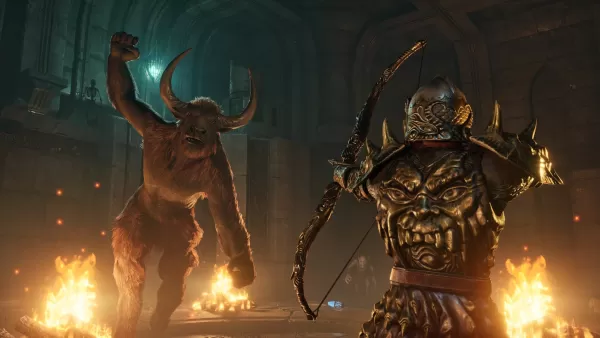 New lighting, fur, and metallic effects are just the tip of the iceberg of Oblivion Remastered's changes. Image credit: Bethesda / VirtuosBy adopting these definitions, it becomes clear that Oblivion Remastered is aptly named. While the new assets and Unreal Engine 5 ray tracing make it appear brand new, the underlying structure remains that of a 20-year-old game, meticulously preserved by Bethesda. As the studio stated, "We looked at every part and carefully upgraded it. But most of all, we never wanted to change the core. It’s still a game from a previous era and should feel like one."
New lighting, fur, and metallic effects are just the tip of the iceberg of Oblivion Remastered's changes. Image credit: Bethesda / VirtuosBy adopting these definitions, it becomes clear that Oblivion Remastered is aptly named. While the new assets and Unreal Engine 5 ray tracing make it appear brand new, the underlying structure remains that of a 20-year-old game, meticulously preserved by Bethesda. As the studio stated, "We looked at every part and carefully upgraded it. But most of all, we never wanted to change the core. It’s still a game from a previous era and should feel like one."
This preservation of the original era is evident in various aspects of the game. The loading screens behind every door, the perplexing persuasion minigame, the simplistic city designs, and the stilted NPC interactions all hark back to the 2000s. Even the combat, despite its upgrades, retains a sense of detachment. The presence of bugs and glitches further underscores the game's commitment to maintaining its original charm.
Recent releases like Obsidian's Avowed highlight the advancements in game design, making Oblivion Remastered's mechanics feel dated. However, this remastered classic still offers much to enjoy in 2025. Its world remains enchanting, filled with mysteries and oddities. The ambition of its dynamic goblin wars and intricate quest structures still stands out, offering a refreshing sense of player freedom. Yet, the game's dialogue, system interconnectivity, and level design reveal its age. A true remake would have updated these elements, but Oblivion Remastered is about reliving the past.
AnswerSee ResultsIn the realm of film, remakes are new productions with entirely new casts, crews, and scripts, while remasters are existing films enhanced to meet modern visual standards. *Oblivion Remastered* mirrors these film restorations, pushing the visual quality to its limits by recreating the game's exterior in a new engine. Yet, at its core, it remains a product of the 2000s. As Alex Murphy, executive producer at Virtuos, aptly put it during the reveal stream: "We think of the Oblivion game engine as the brain and Unreal 5 as the body. The brain drives all the world logic and gameplay and the body brings to life the experience that players have loved for almost 20 years."Oblivion Remastered is precisely what it claims to be, and its achievements should not be underestimated. Instead of labeling it a remake, we should use it as the benchmark for remasters from other major AAA developers. This is the standard that Mass Effect Legendary Edition should have aspired to, rather than merely being a cleaned-up re-release. This is what Grand Theft Auto: The Trilogy should have aimed for, instead of feeling like a cynical cash grab. Oblivion Remastered is a testament to the passion and dedication of its creators, offering a visually stunning yet faithful rendition of a beloved classic.


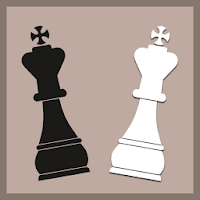



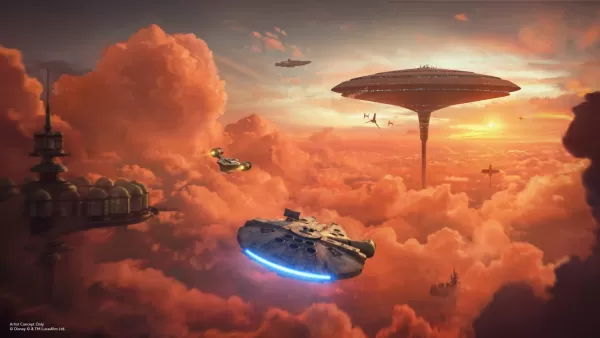
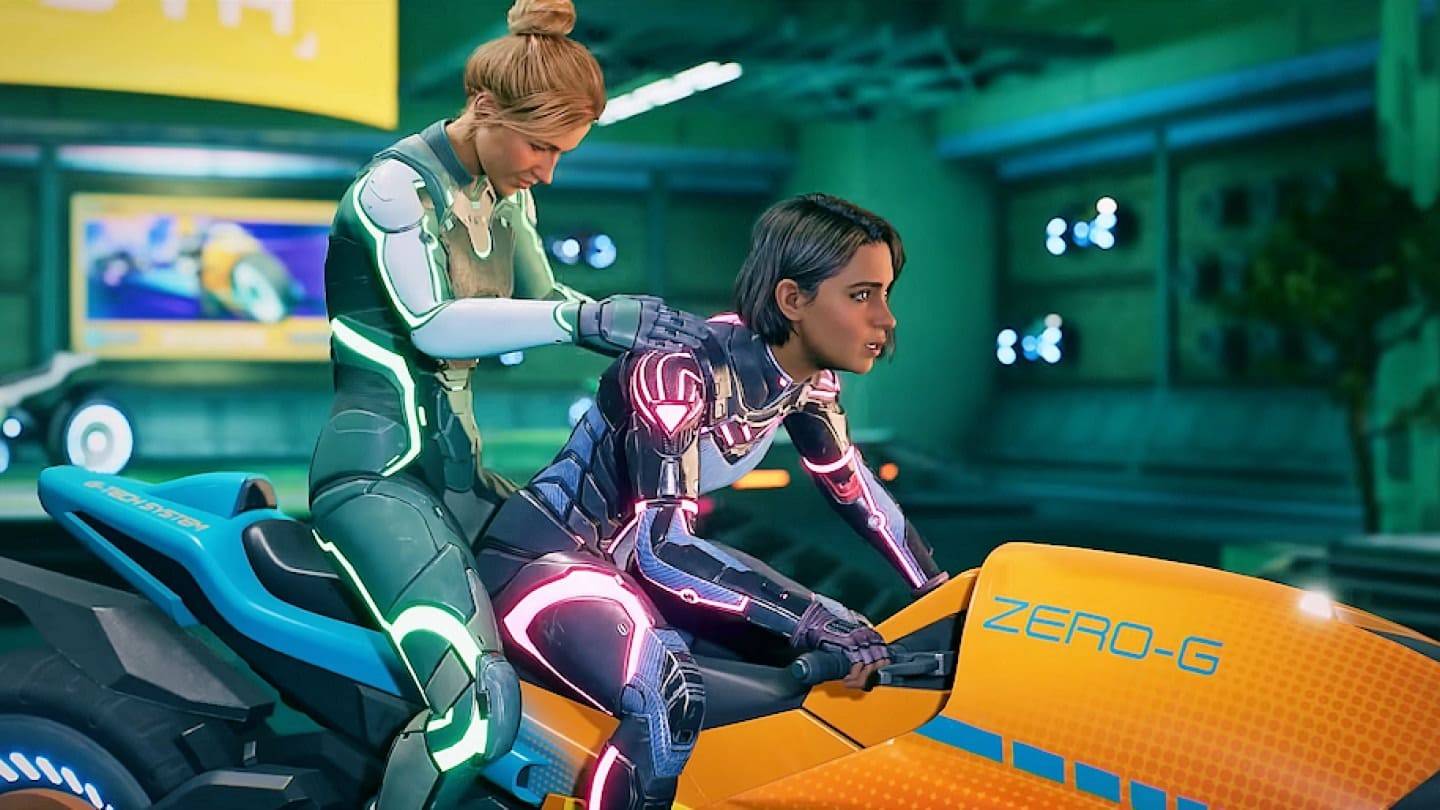
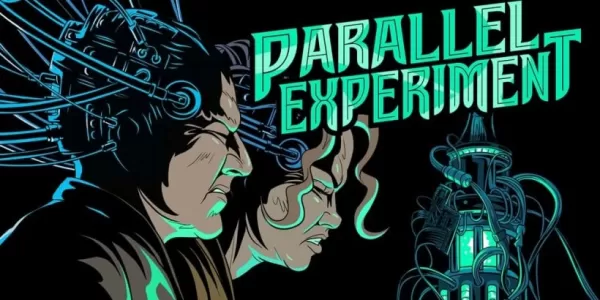

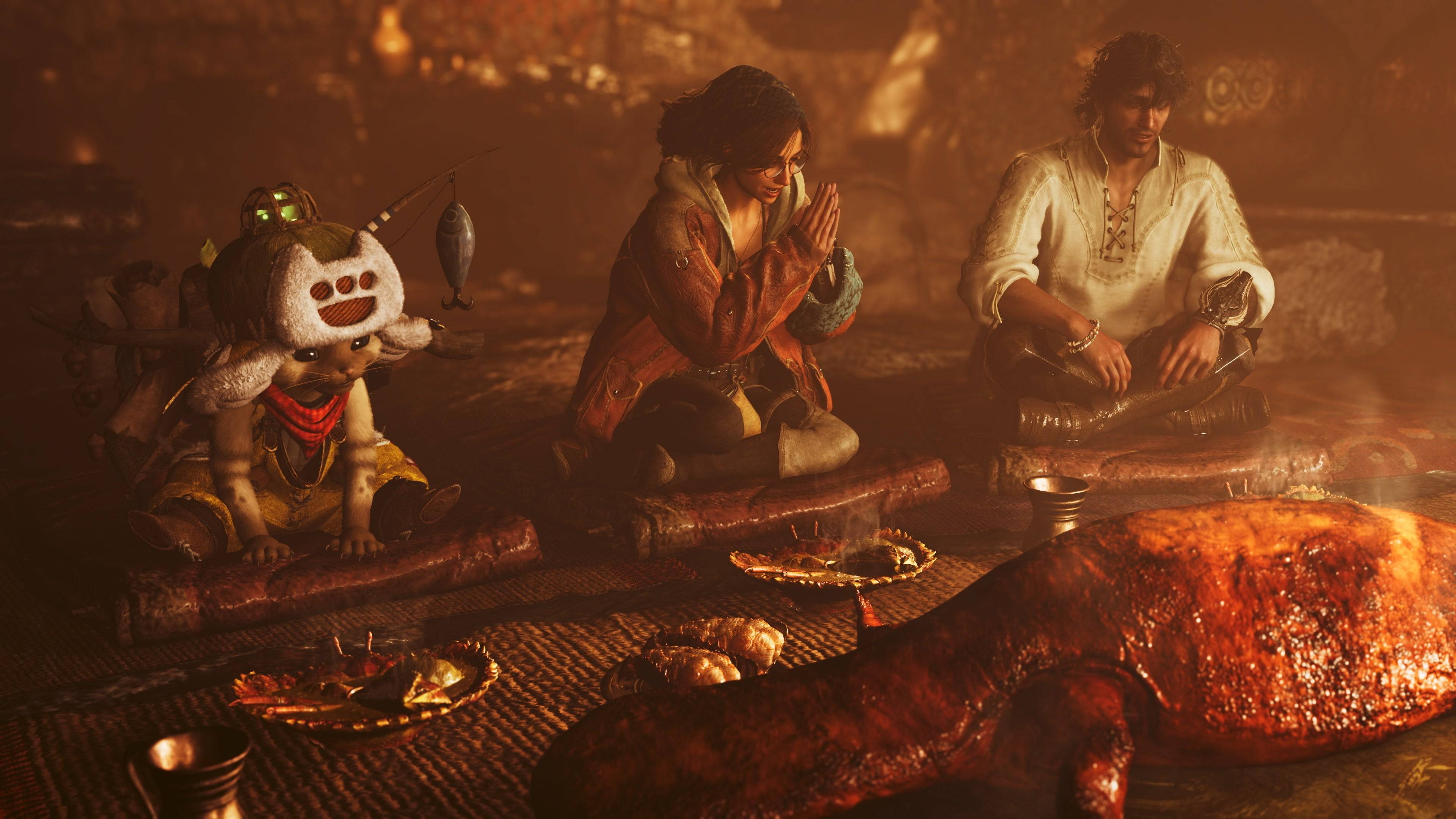












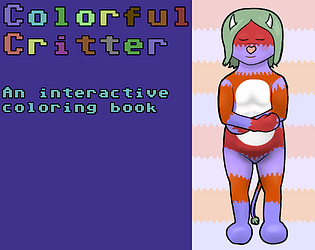
![Salvation in Nightmare [v0.4.4]](https://imgs.21qcq.com/uploads/36/1719555347667e551321c26.jpg)
